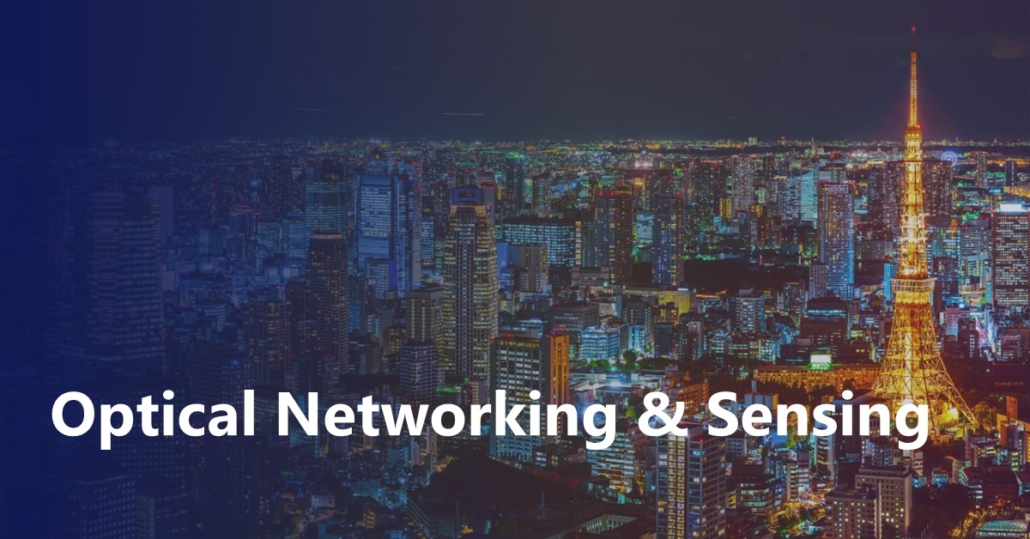Empowered by the rapid advancement of fiber optic sensing techniques in recent years, network carriers are able to upgrade their network infrastructure beyond the basic communication services with extra sensing applications and services (e.g., monitoring traffic and road condition, leakage detection, etc.), thus evolving to a new era of Infrastructure-as-a-Sensor (IaaSr) or Network-as-a-Sensor (NaaSr). When network carriers upgrade their network infrastructures with distributed fiber optic sensing (DFOS) technique to provide IaaSr services, there will arise a critical challenge: how to provide survivable (or reliable) IaaSr services against network failures (e.g., fiber cut). In this work, for the first time, we investigate the problem of survivable DFOS placement against single link failure. More specifically, we study where to place the primary and backup sensors and how to assign the primary and backup fiber sensing routes, with the objective of minimizing the number of sensors used. We formulate the problem using Integer Linear Programming (ILP) to facilitate the optimal solution. In addition, we propose a set of efficient heuristic algorithms to solve the problem in a fast manner. In particular, the proposed Shared-one algorithm provides a cost-efficient shared protection, through a one-step global optimization of the assignment of primary and backup DFOS placement. We conduct extensive simulations to evaluate the performance of the proposed solutions. We find out that Shared-one can achieve a close-to-optimal performance, compared to the ILP optimal results, while outperforming the other heuristic solutions with an average performance improvement by at least 16%.


